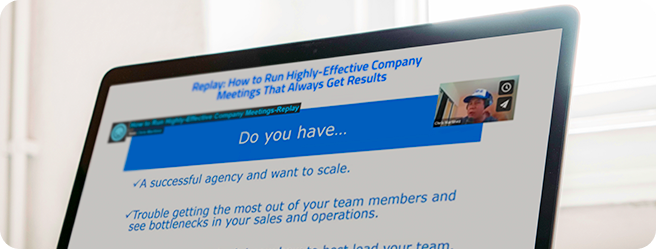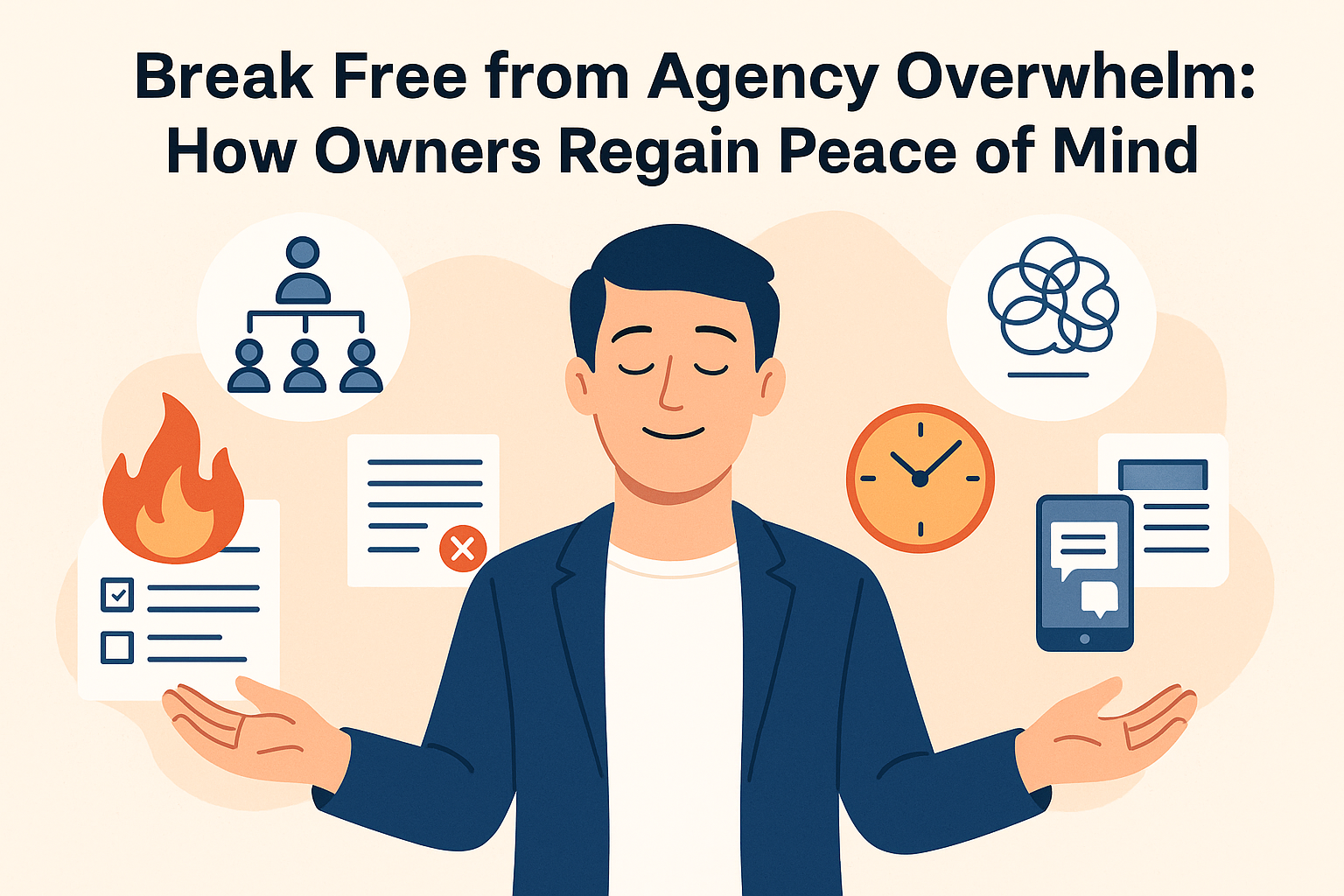Every agency owner needs to understand one critical thing—your bottom-line growth depends heavily on your ability to keep existing clients hooked long-term.
Here’s the reality that’s often overlooked. Winning new clients is exciting but expensive compared to keeping the ones you already have. Retaining clients can boost profitability by about 25 to 95 percent, according to Harvard Business Review, yet too many marketing agencies miss the opportunity to build long-term loyalty.
Today, we’ll unpack exactly how you can implement an airtight process, from onboarding to renewal, to ensure your clients remain enthusiastic, loyal, and continuously profitable.
Master Onboarding to Set Crystal Clear Expectations
The bottom line is this—without excellent onboarding, you risk setting the wrong expectations from day one. Agency-client relationships often derail early because clients feel uncertain about the service they’ll receive or misunderstood regarding expected outcomes. Skip ambiguity and clearly outline deliverables from the outset.
Here’s exactly how to nail client onboarding immediately:
- Step one is the “”Expectations Call.”” Get on a direct, thorough onboarding call before any work begins. Walk through project scope, timelines, deliverables, and measurable metrics of success. Confirm agreement with your client verbally and then recap via email immediately afterward.
- Next, offer your new clients an “”Onboarding Toolkit.”” Provide simple yet robust documents like client FAQs or a quick-reference agency guide outlining how your processes and communications operate. This proactive move will eliminate confusion, reduce redundant questions, and build trust from day one.
Continuous Communication Hacks to Foster Deeper Relationships
Beyond onboarding, the single best client retention strategy your agency can employ is reliable and consistent communication. Let’s cut out the guesswork here—a lack of clear communication is the number one complaint clients have about their marketing agency.
Here are quick-win communication strategies you can put into action right away:
- First, regularly scheduled check-ins are nonnegotiable. Establish weekly briefings even if updates are minimal. Short touchpoints build continuous transparency and lower client anxiety.
- Next, leverage quick video updates using tools like Loom to keep clients informed effortlessly. It’s faster and more engaging than emails, and it instantly humanizes interactions. Celebrate wins, discuss progress, and quickly address concerns through short personal videos. This specificity and consistency grow trust exponentially.
- Finally, establish a clear policy internally—respond to every client communication within 24 hours without fail. Quick responsiveness is the framework that anchors client satisfaction and reflects professionalism.
Proactive Conflict Resolution to Spot and Fix Issues Early
No amount of preparation can eliminate client conflict altogether, but how quickly and proactively your agency steps into the conflict determines your retention rate.
Let’s be honest—avoiding uncomfortable conversations hurts your agency more than the client conflict itself. Meet disagreements head-on, addressing the root issues transparently.
Here’s the proven framework to resolve conflicts proactively and quickly:
- Begin by owning the situation immediately if an error was made. Acknowledge your client’s frustration directly without hedging. Avoid blame-shifting at all costs, provide empathy, and make your path to a resolution transparent and clear.
- Secondly, implement a policy to do routine “”temperature checks”” throughout a client relationship. Ask open-ended questions like “”What can we do better?”” or “”Where can we improve?”” Clients feel respected and validated seeing you continually work to enhance the relationship.
- Finally, emphasize learning internally from every conflict or mistake. Share these lessons openly with your agency team, turning setbacks into valuable experiences that enhance future partnerships.
Smooth Renewal Processes That Amplify Client Wins
Many agencies mistakenly treat renewal conversations like awkward sales pitches. Shift this mindset immediately—renewals should flow naturally from your ongoing success and communication practices.
- A powerful yet simple approach: schedule “”success review”” meetings at milestones before renewal deadlines arrive. Walk through tangible metrics, showcasing measurable client wins that justify continuing the client relationship.
- Another best practice is offering renewal documentation early. Provide a straightforward contractual agreement with streamlined language making the renewal easy to digest and sign quickly. Remove confusion by emphasizing core achievements aligned with your services.
- When articulating future goals during renewal, always position your agency as an indispensable partner, not just a vendor. Link past successes directly to future initiatives clearly demonstrating your agency’s irreplaceable value.
Here’s Your Takeaway—Retention Starts and Ends with Intentionality
Retention isn’t a singular action—it’s the compound effect of intentional efforts throughout every stage of client engagement. From setting expectations clearly from day one, maintaining consistent communication, proactively resolving conflicts, to making the renewal process smooth and frictionless, your agency can immediately leverage these strategies to create lifelong client loyalty.
You’ve got the tools and the blueprint. Now, it’s time to double down and implement these strategies immediately to turn clients into long-term, enthusiastic brand advocates.


